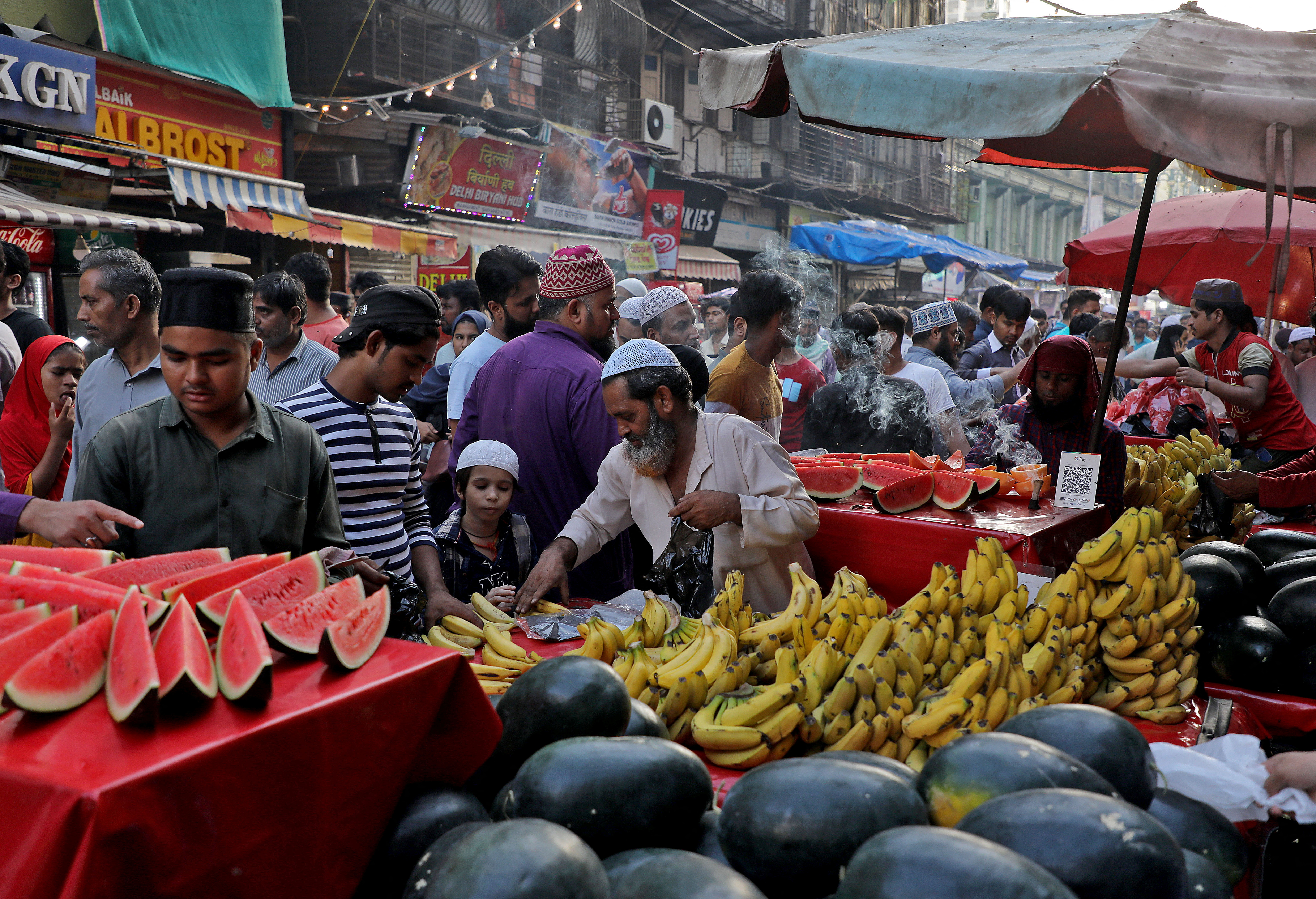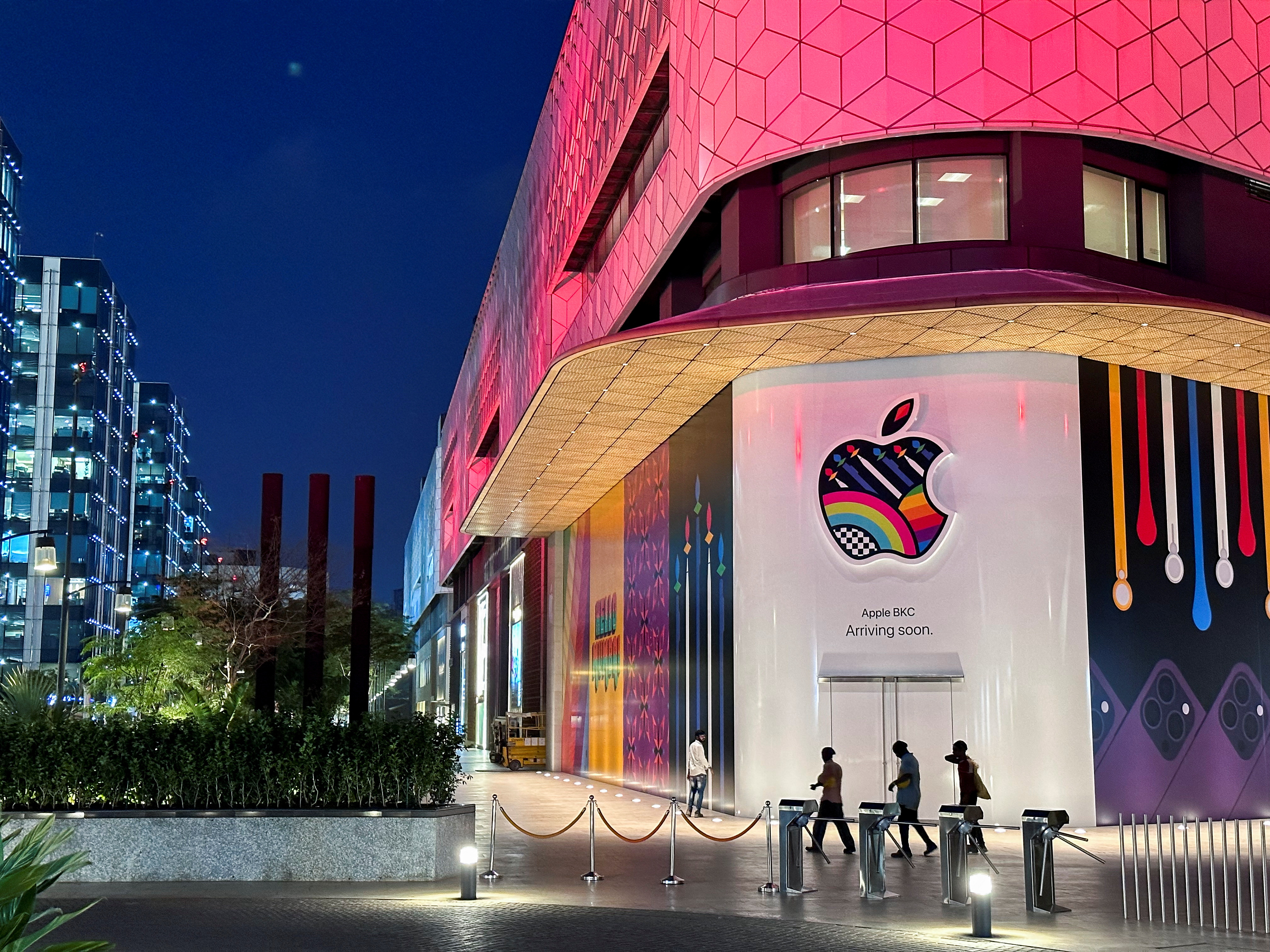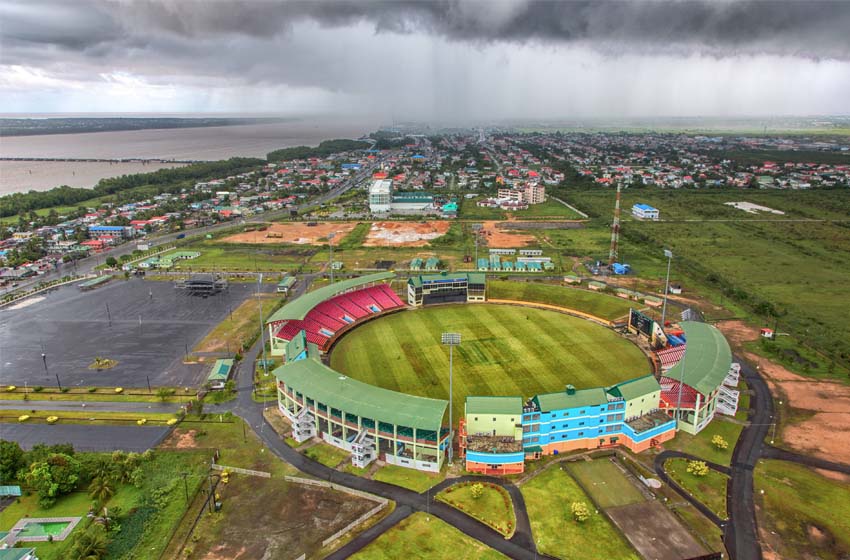(India, special envoy) “We know that in Latin America almost no one knows our country. They don’t know anything about us. We want them to get to know us,” he confesses. Arindam Bagchithe likeable spokesman for the Ministry of Foreign Affairs (MAE) who learned Spanish during his time at the embassies in Lima and Madrid to the thirty Latin American and Caribbean journalists who listened to him in the meeting room of the discreet headquarters of the Indian Foreign Ministry in the area of the public buildings and embassies of New Delhian oasis in the smog capital of the world where every roundabout flaunts manicured lawns and delicate flower arrangements.
He immediately introduces the person in charge of relations with our corner of the world in the Indian government. Surprise: in the bureaucratic organization chart of the MAE, Saurabh Kumar is the secretary of the East. It is then that one, who recognizes himself as part of the Western world, who has known all his life that the officials of the United States and Europe who pay some attention to us are those in charge of the Western Hemisphere, is perplexed. Because here, although we are almost at the terrestrial antipodes and the endless flight to America is somewhat shorter going west, they decided to place us at the bottom of the same shelf in which they placed the much closer Vietnam, Indonesia or Australia. There is no choice but to take a deep breath, acknowledge and accept. Namaste.

Of course, they are right in the diagnosis. It is true that beyond the small elite of devotees of yoga and other spiritual paths who have money and time for a season of retreat in an Ashram, the legendary Mahatma Gandhi and the ill-fated Apu from The Simpsons, we know little or nothing about the country that with his more than 1.4 billion inhabitants This year it is becoming the most populous on the planet, surpassing a China in crisis that we never thought would leave the top of the podium.

Perched on that brand new symbolic throne and an economic growth that has spent decades climbing the slope of the humanitarian disaster left behind by the British colonizers when they left just 75 years ago, India is seeking its way to become the third player on the main chessboard of geopolitics. world tension between USA and China. To sit at that table you need money and you have it: it is already the fifth largest economy in the world by GDP after beating the United Kingdom in sweet revenge and is on its way to leaving Germany and Japan behind in this decade; weapons are needed and they have them: it is the fourth military power, the second in number of troops and a member of the exclusive nuclear club; but cultural capital and positioning in the minds, hearts and stomachs of the planet is also necessary, and there it lags behind North Americans, Chinese or Europeans. A novel public diplomacy effort seeks to begin to close that gap.
The streets of Mumbai -the jewel in the British crown in the Indian Ocean that has become the economic and financial capital and the ninth most populous metropolis in the world with more than 20 million inhabitants- impact even Latin American eyes accustomed to poverty, social inequality and urban chaos. Endless favelas crossed by street markets where everyone pays with QR and even WhatsApp among mountains of garbage that seem to have accumulated decades ago; swarms of avenues, alleys and highways impossible to decipher even with Google Maps; a crazy traffic where cars, overflowing buses, motorcycles that carry more load than a pickup, rickshaws and intrepid pedestrians fight without rules and at the point of honking their horns and in which it is implausible that there is not an accident every second; those who cook, eat, shave their beards and bathe as best they can in the middle of the busted sidewalks and asphalt; the nylon tents, the rusty buildings that in half a century have not received a single coat of paint and the new luxury corporate towers of the multinationals that land here in search of skilled and cheap labor and the startups Indians that flourish like mushrooms and begin to spread throughout the world. A landscape seasoned by the placid smile of the premier Narendra Modi in thousands and thousands of posters that welcome the G-20 that India is chairing this year. A delirious and thriving masala that propels the country forward. Because what is clear to most is that everything was much worse 20, 30 or 40 years ago. And a climate of boiling and optimism floats in the air in which tomorrow will be better.

Indian statistics are full of data that seems contradictory. 415 million people rose out of poverty between 2005 and 2021 according to the UN Multidimensional Poverty Index and, even so, it continues to be the country with the poorest in the world (228 million, according to that same indicator, a misleading figure because hundreds of millions of others are just above that bar) and ranks 107 among the 121 countries in which which is measured Global Hunger Index which combines data on undernourishment, growth retardation and infant mortality. That, while creating new millionaires at a faster pace than any other country (a consultancy estimates that by 2027 it will have one million millionaires) and the intelligentsia India is taking over the world establishment. Are the CEOs of Indians? Google, Microsoft, Adobe, Nokiathe almost certain next president of the world Bank and thousands of the most qualified employees in the leading technological and financial companies in the United States and Europe. The prime minister is descendants of Indians British and the one of Ireland and the representatives of the closest Surinam and guyana.
The success of Indians around the world has a lot to do with the strong push for high-level meritocratic technical education in the last decades of the last century (only 1% of applicants enter public universities such as the Indian Institute of Technology). ) whose graduates could not find where to develop in a country stagnant under a strong isolationist protectionism. For this reason, they marched in search of postgraduate degrees and work abroad. That path began to change with a slow but determined economic opening since the beginning of the century that, accompanied by the technological revolution and the state encouragement to entrepreneurship, has allowed that there are already more than one hundred in India unicorns (companies valued at more than a billion dollars). He aadhaar, the world’s largest biometric database created by the government, granted a unique personal identification number to more than a billion adults -many of whom had never had any documentation- with which they have instant access to all kinds of public procedures such as obtaining birth certificates, managing the collection of social plans or paying taxes, but which also opened the doors to buying a cell phone or opening a free bank account, even without a penny to deposit. a few months ago, Manzana announced the expansion of its local factory with which it intends to increase the number of iPhones manufactured in India from 7 to 25% of the world total in the coming years.

Since its very independence, the foreign policy forged by Nehru placed it at the forefront of the countries not aligned during the Cold War. Even today, he remains aloof from Western condemnations of Putin for the invasion of Ukraine, from which it benefits since it buys from Russia at auction prices the oil and gas that it can no longer place in Europe. Moscow also continues to be its main arms supplier. The White House tolerates that relationship as it lives its own romance with New Delhi to the rhythm of the worsening of border tensions in the Himalayas with China that included two military skirmishes in the last five years. India does not seek to change the world order nor does it promise automatic alliances. He wants to break through with his independent profile.
The Spanish historian Eva Borreguero Sancho says that if China grows like a tiger, India grows like a elephant “slower, less agile but more solid”. Indian officials like to point out that its strength – and main contrast with its eastern neighbor – lies in the vitality of the largest democracy in the world in the most heterogeneous country, with more than 700 ethnic groups, 22 official languages and hundreds of dialects. A democracy that, like others, sets off autocratic alarm bells with the nationalist Modi, who is in his second term, exacerbating the hindu nationalism much to the chagrin of the huge Muslim minority. In recent weeks, a BBC documentary critical of the prime minister was censored, and opposition leader Rahul Gandhi was sentenced to two years in prison for defamation and expelled from Parliament.

It is this excessively boiling, chaotic, contradictory country that seeks to be the voice of the global south at the small table of the powers and extend its ties with distant Latin America and the Caribbean islands, with which there is a closer relationship. which includes migratory flows from the time of shared British colonization.
On that road is the state oil company ONGC which already has wells in Brazil, Colombia and Venezuela and is analyzing the entry into the Argentine Vaca Muerta. Also private emporiums like Shapoorji Pallonji that he built from the Sultan’s Palace in Oman to the new national stadium in Guyana or solar power plants in Argentina. Or the huge industry pharmaceutical which is the third largest in the world in drug production and the first in vaccines.
Paradoxes of history, five centuries after Columbus stumbled across America traveling west in search of India, India looks to its far east to get America to discover it.
Keep reading:

